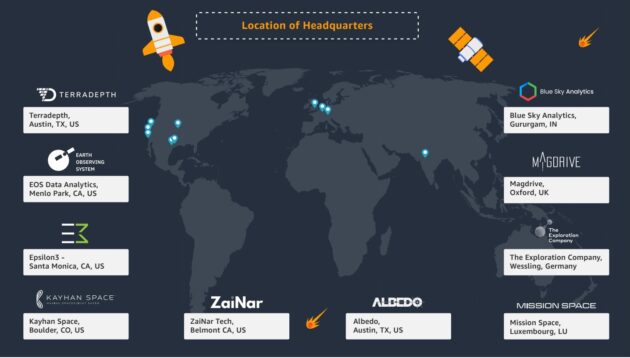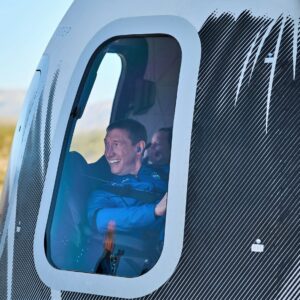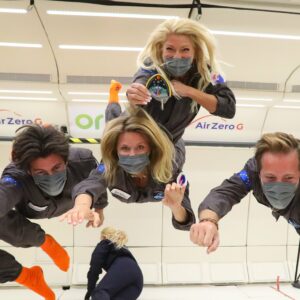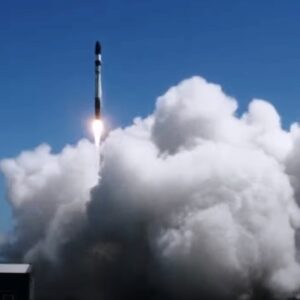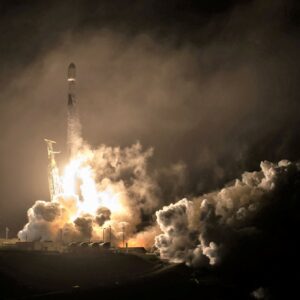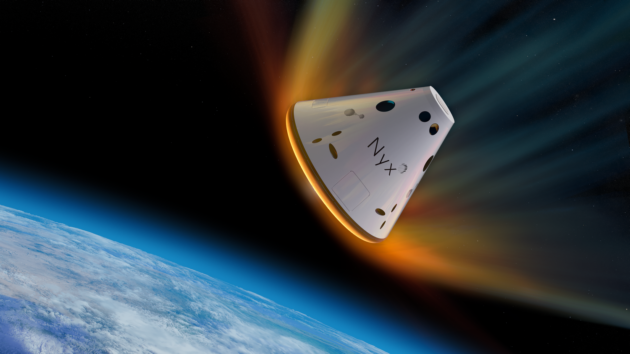
For the 10 startups participating this year in Amazon Web Services’ Space Accelerator program, the sky is not the limit.
One company is building the next generation of ultra-high-resolution satellites for Earth observation. Another startup is developing electric propulsion systems for spacecraft and satellites in low Earth orbit. And yet another venture is working on a new type of space capsule that could someday carry cargo and crew to the moon.
“This year’s finalists brought forward pioneering ideas that will draw valuable insights from the depths of the ocean floor to the surface of the moon, and nearly everything in between,” Clint Crosier, director of AWS for Aerospace and Satellite Solutions, said today in a blog post.
Today’s announcement about the Class of 2022 follows up on last year’s inaugural Space Accelerator program. Hundreds of startups applied to take part in the program’s second year, and AWS worked with the AlchemistX accelerator management program to select these 10 finalists:
- Albedo – Texas-based Albedo is building low-orbit satellites that will capture visible and thermal imagery at the highest resolution commercially available (10 centimeters for visible wavelengths, 2 meters for thermal imagery).
- Blue Sky Analytics – Founded in India and based in the Netherlands, this climate-tech startup is using satellite-derived climate intelligence to power financial decisions.
- EOSDA – California-based EOS Data Analytics is a global provider of AI-powered satellite imagery analytics. The company operates worldwide, partnering with governmental, commercial and scientific organizations.
- Epsilon3 – This California company specializes in software for managing complex aerospace operations and procedures, from test and design through major operations.
- Kayhan Space – Colorado-based Kayhan Space is working on new capabilities for autonomous spaceflight safety and space situational awareness.
- Magdrive – Based in Oxford, UK, Magdrive is developing next-generation electric propulsion solutions for spacecraft and satellites in low Earth orbit. The team plans to launch its first prototype later this year.
- Mission Space – Based in Luxembourg, Mission Space is focused on providing highly accurate space weather radiation intelligence using a combination of outside data sources and its own detectors in low Earth orbit.
- Terradepth – Texas-based Terradepth has built a cloud-based, browser-accessible, ocean data management platform and marketplace. This product, Absolute Ocean, provides an intuitive, immersive interface for the visualization of high-resolution geospatial datasets (akin to Google Earth for ocean data).
- The Exploration Company – This French-German startup is developing Nyx, a modular and reusable orbital vehicle based on an open interface, Nyx is designed to provide space services in low Earth orbit, and later for lunar missions. A demonstration mission is planned in 2024..
- Zainar Tech – Based in California, ZaiNar specializes in positioning, navigation, and timing solutions as an alternative to traditional GPS. ZaiNar has developed patented digital signal processing techniques to locate radio devices in 3D with meter-level accuracy.
Over the course of four weeks starting in June, each of the 10 startups will receive business development and strategy support from AlchemistX, specialized training in data management and processing from AWS, individualized mentoring from AWS’ experts on the space domain and technical subjects, and up to $100,000 in AWS promotional credits through AWS Activate.
